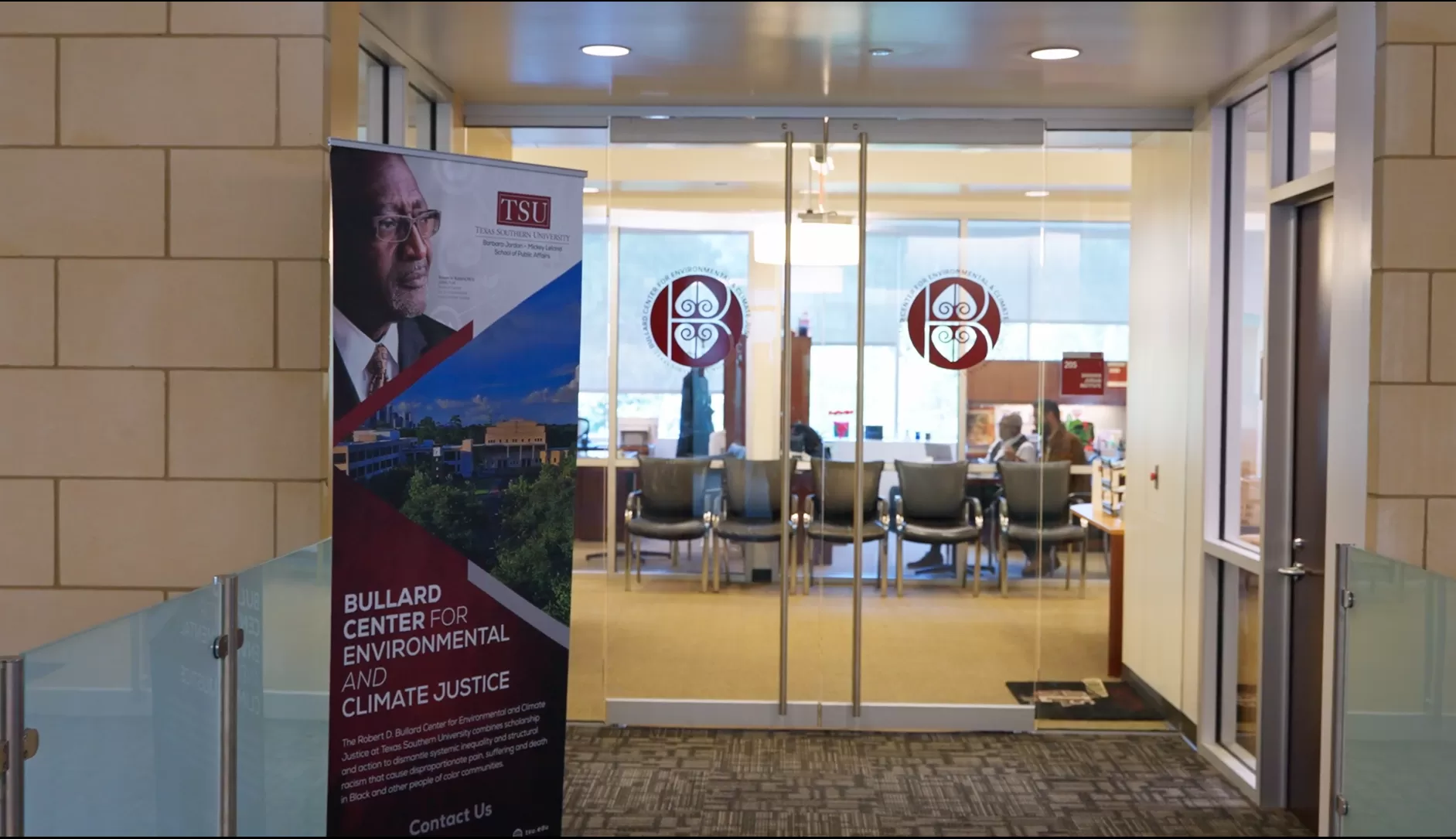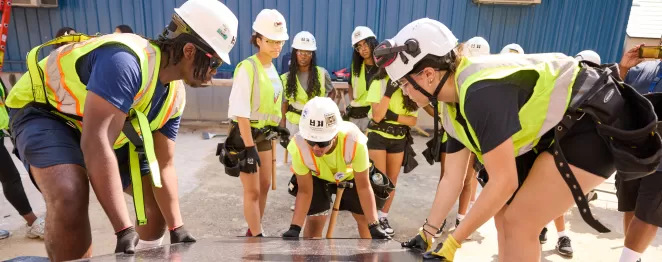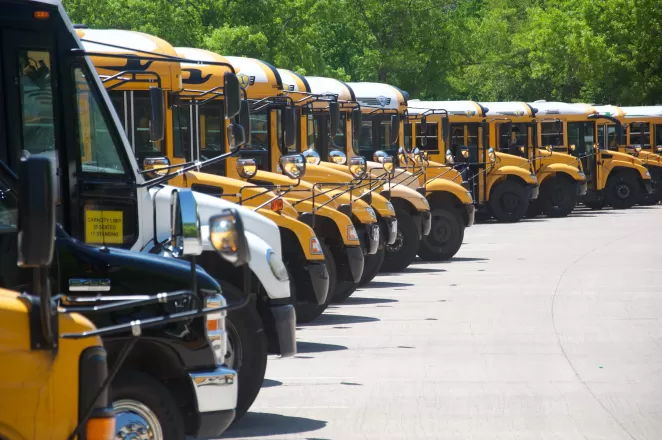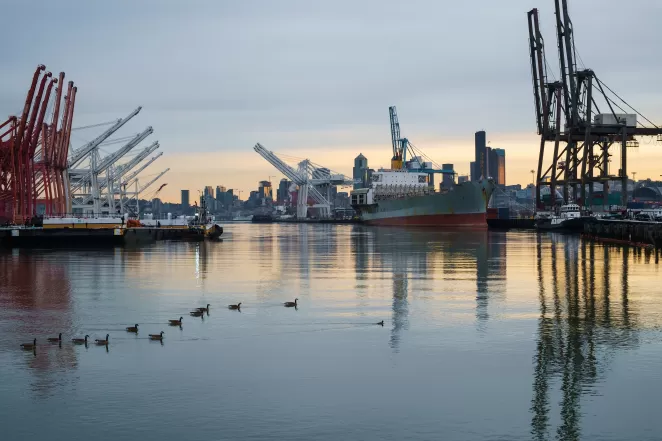Robert Bullard’s Long Journey to Environmental Justice

For almost 50 years, 82 percent of all the garbage that was disposed of in Houston, Texas was dumped in Black communities. Understanding the crossroads between social and environmental justice has been the life’s work of Dr. Robert Bullard, who now heads the Center for Environmental and Climate Justice at Texas Southern University that bears his name.
Known as the father of environmental justice, Bullard was instrumental in launching the fight against racism on environmental grounds. His wife, Linda McKeever Bullard, represented Houston residents in the landmark case, Bean v. Southwestern Waste Management, Inc. For the first time in U.S. legal history, pollution was challenged under civil rights laws as an act of discrimination.
Dr. Bullard, fresh off receiving a doctorate in sociology from Iowa State University, conducted a study into dumping patterns in the Houston area. His work found that disposal companies went out of their way to dump trash on Black neighborhoods, and his testimony as an expert witness launched the study of ecoracism.
“I was able to document that five out of five of the city-owned landfills, six out of eight of the city-owned incinerators, and three out of four of the private-owned landfills were located in predominantly black neighborhoods,” says Bullard. “This is from the 1930s up until 1978. And the 1979 Houston study was the first study that documented that there was a clear pattern of who gets dumped on and who, and that this was a form of discrimination. The lawsuit was lost in federal court, but the legal theory was born, and the environmental justice research methodology and tools were actually developed in this particular case.”
Following Bean, Bullard founded several academic study centers on environmental justice starting in 1994, leading up to founding The Bullard Center in Texas in 2021. The opening of The Bullard Center coincided with a rise in national awareness for environmental justice that was adopted by the new Biden-Harris Administration.
In 2021, President Joe Biden committed to making 40 percent of certain federal climate investments would go to underserved, marginalized, and low-income communities, an intiative called the Justice40 initiative. These communities include many of the sections of Northeast Houston that are particularly hard hit by climate disasters like extreme floods and freezes. They are predominantly non-white. Justice40 became policy following an Executive Order, and Bullard was made a member of the White House Environmental Justice Advisory Council.
A significant portion of the money that comes through Justice40 is from the bipartisan Inflation Reduction Act (IRA) of 2022, the largest U.S. investment in combating climate change ever.
“If you look at around the country, and 99 percent of the research that shows which communities are most vulnerable, and what makes them vulnerable is racial and economic forces working together,” says Bullard. “[what] Justice40 attempts to do is to correct many communities that have experienced legacy pollution such as Superfund sites and communities that have lots of contamination or communities that have been left out or left on the other side of the levy or communities that don't have the infrastructure for flooding protection, communities that have low resilience in adapting to hurricanes and floods and even wildfires and droughts and freezes.”
The federal support couldn’t come soon enough. Houston has been hit with multiple disasters accelerated by climate change in recent years, including Hurricane Harvey in 2017 and Winter Storm Uri in 2021.
“And to other projects that could spill over, spin off into those neighborhoods in terms of minority contractors, women-owned businesses, and other startups. That's the kind of thing, innovative, creative, things that we're talking about,” says Bullard.
Greenhouse gas emissions have turned the city into an oven in the summer months, straining the aging power structure grid as residents struggle to keep cool. According to Climate Check, Houston will experience nearly 50 days over 97.2ºF a year by 2050, seven times the number the city received in 1990.
With climate disasters imminent, Bullard and his center have been focusing on using the funds from Justice40 to reinforce neighborhoods, both in Houston and in parts beyond, that struggle with the least support. His help has been instrumental in increasing awareness and accessibility to IRA funding to Northeast Houston neighborhoods to update their drainage systems and build resilience hubs.
Another win for the center has been the solar farm in Sunnyside. The Southeast Houston neighborhood was one of the places Bullard highlighted in the 1970s as a racially discriminatory dumping ground.
What was once a dump is now slated to be a solar farm. Not only is it a powerful symbol of environmental justice, it’s a prime example of how a neighborhood can literally be empowered by the fight against climate change.
“If it attracts millions and millions of dollars to that project, what are the benefits that can accrue to homeowners, to schools in that neighborhood, to community centers?” says Bullard. “And to other projects that could spill over, spin off into those neighborhoods in terms of minority contractors, women-owned businesses, and other startups. That's the kind of thing, innovative, creative, things that we're talking about.”
The Bullard Center has become a central hub for all types of climate action. They have a relationship with the National Argonne Lab, which has been working to bring clean energy to the Bronzeville neighborhood in Chicago. A partnership with the U.S. Department of Energy has helped them spread their initiative to historically Black colleges and universities across the Gulf Coast. Every new project is headed by local leaders, with the Bullard Center offering support.
“We are talking about new kinds of innovative, creative funding that can really touch a lot of different areas,” says Bullard. “Whether we talk about clean energy, green infrastructure, we talk about housing, we talk about weatherization, we talk about solarizing our campuses, our HBCU campuses with adjacent public housing, community centers, with homes. We talk about microgrids that can build out those kinds of infrastructure. We also talking about building our social soft infrastructure in terms of building out community capacity, leadership, development, intergenerational mobilization, having our students and our young people in our communities to really work together.”




